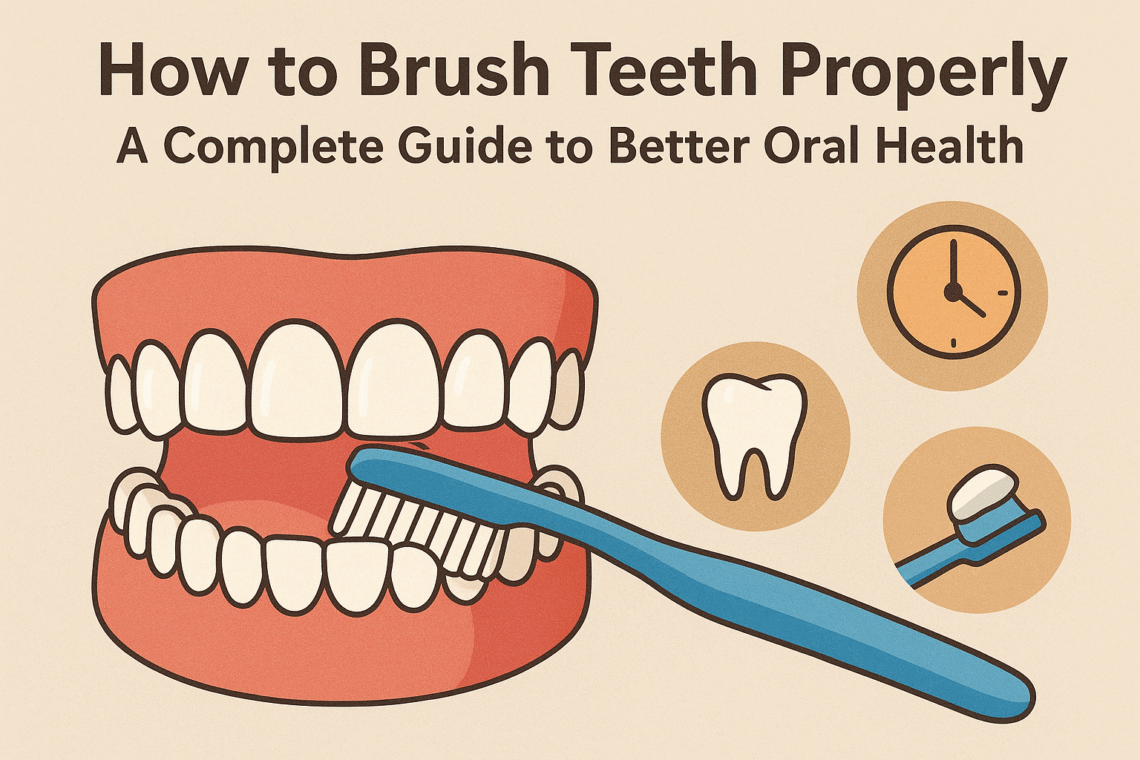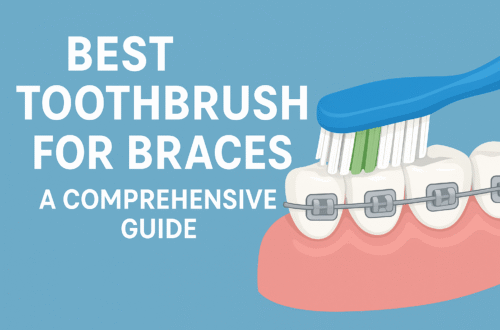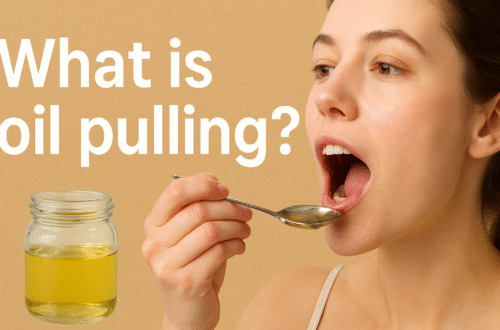Affiliate Disclaimer:
Some of the links on this website are affiliate links, which means that if you click on a link and make a purchase, we may earn a commission at no extra cost to you. This helps support the website and allows us to continue creating content. We only recommend products or services we personally use or genuinely believe will add value to our readers.
Brushing your teeth seems like a simple daily routine, but many people don’t realize that technique, timing, and tools matter just as much as frequency. Proper toothbrushing is the foundation of oral hygiene, preventing cavities, gum disease, and bad breath. This guide will walk you through how to brush teeth properly, along with tips to maximize your dental health.
Why Proper Brushing Matters
Brushing your teeth properly is essential for removing plaque, the sticky film of bacteria that forms on teeth. If plaque isn’t removed, it can harden into tartar, leading to gum disease (gingivitis), tooth decay, and even tooth loss. Good brushing technique not only protects your teeth but also helps maintain fresh breath and overall health.
How Often Should You Brush Your Teeth?
Dentists recommend brushing at least twice a day—once in the morning and once before bed. Brushing after meals can be beneficial, but avoid brushing immediately after consuming acidic foods or drinks, as it can weaken enamel. Waiting 30 minutes before brushing gives saliva time to neutralize acids.
The Right Tools for Brushing
To brush teeth properly, choosing the right tools is just as important as the technique.
- Toothbrush: Use a soft-bristled toothbrush that can reach all areas of your mouth without damaging gums or enamel. Replace your toothbrush every 3–4 months or sooner if bristles fray.
- Toothpaste: A fluoride toothpaste helps strengthen enamel and prevent cavities.
- Additional Tools: Electric toothbrushes can be more effective at plaque removal for some people, especially those who struggle with manual brushing.
Step-by-Step Guide: How to Brush Teeth Properly
- Position Your Toothbrush Correctly
Place the toothbrush at a 45-degree angle to your gums. This angle helps clean both teeth and gumline where plaque often accumulates. - Use Gentle, Circular Motions
Instead of harsh scrubbing, use small circular motions. This ensures effective cleaning without wearing down enamel or irritating gums. - Clean All Surfaces of Your Teeth
- Outer surfaces (the front of your teeth)
- Inner surfaces (the side facing your tongue)
- Chewing surfaces (tops of molars)
- Brush for Two Minutes
Spend at least 30 seconds in each quadrant of your mouth. Many people underestimate brushing time, so consider using a timer or an electric toothbrush with a built-in timer. - Don’t Forget Your Tongue and Roof of Mouth
Gently brushing your tongue and palate helps remove bacteria and keeps your breath fresh.
Common Mistakes to Avoid
- Brushing too hard: Aggressive brushing can cause gum recession and enamel wear.
- Skipping the gumline: Plaque often builds where teeth meet gums; ignoring this area can lead to gum disease.
- Rushing the process: Many people brush for less than a minute, which isn’t enough time to clean thoroughly.
- Using the wrong toothbrush: Hard bristles can harm gums and enamel.
- Not replacing toothbrushes: Old, frayed bristles are less effective at cleaning.
Should You Brush Before or After Breakfast?
Both options have benefits. Brushing before breakfast removes overnight plaque and bacteria, while brushing after can clear food particles. However, if you eat acidic foods like orange juice, wait at least 30 minutes before brushing to protect enamel.
Flossing and Mouthwash: Completing the Routine
Proper brushing is crucial, but it’s only part of complete oral care:
- Floss Daily: Removes plaque and food particles between teeth that a toothbrush can’t reach.
- Use Mouthwash: An antimicrobial mouthwash helps reduce bacteria and freshens breath.
Tips for Kids and Brushing
Teaching children how to brush teeth properly is vital for establishing lifelong oral hygiene habits.
- Use a child-sized toothbrush with soft bristles.
- Supervise brushing until at least age 7–8.
- Make brushing fun with songs, timers, or colorful toothbrushes.
- Use only a pea-sized amount of fluoride toothpaste for children over 3 years old.
Brushing with Braces or Dental Work
If you wear braces or have crowns, implants, or bridges, proper brushing requires extra care.
- Use an interdental brush or floss threader to clean around brackets and wires.
- Angle your toothbrush above and below brackets to remove plaque.
- Take more time to clean thoroughly around dental work.
Professional Advice and Regular Check-Ups
Even with perfect brushing, professional dental check-ups are essential. Dentists can spot early signs of cavities, gum disease, or enamel erosion that daily brushing may not prevent. Regular cleanings remove tartar that can’t be brushed away at home.
Final Thoughts
Learning how to brush teeth properly may seem basic, but it can make a significant difference in your oral and overall health. By brushing twice daily, using the right tools, and following correct technique, you can protect your teeth from decay, prevent gum disease, and maintain a confident smile. Pair your brushing routine with flossing, mouthwash, and regular dental visits for the best results.
Your teeth are meant to last a lifetime—so give them the care they deserve by brushing them the right way, every day.





